 Risks of Alcohol Poisoning | Dual Diagnosis
Risks of Alcohol Poisoning | Dual DiagnosisRisks of alcohol poisoning Find FastShareAlcohol is a legal, economic and social drug that is often over-eating. A typical drink is defined by 12 ounce beer (5 percent alcohol), a five ounce glass of wine (12 percent alcohol), or a one-ounce (1.5 ounce) of 80 distilled spirits (40 percent alcohol). The (CDC) reports that the most common form of excess drink in the United States is waste consumption. One in six American adults drinks an average of eight drinks in binge episodes drinking four times a month, while those over 65 years do it more often, more about five to six times a month. Men are twice as likely to bind to drink as women, and alcohol consumption is more frequent in those with family income of at least $75,000, according to . Blood alcohol levels are measured by blood alcohol concentration, or BAC. The (NIAAA) describes the use of garbage as raising BAC levels to 0.08 g/dl. Alcohol risk effects and factors increase with BAC levels. The effects of alcohol range from a loss of motor control, impaired cognition, ingrained speech and decreased inhibitions to coma and even death. Function(d,s,id){var js,fjs=d.getElementsByTagName(s)[0],p=/^http:/.test(d.location)?'http':'https';if(!d.getElementBywittd(id))){js=d.create-relatedElement(s);js.id=id Alcohol overdose varies depending on age, gender, experience with consumption, food ingestion, consumption speed and genetic factors. Alcohol poisoning is a particularly dangerous form of alcohol overdose. Underage Drinks The legal age to drink in the United States is 21. Drinking before this age increases health risks, the likelihood of developing a disorder of alcohol consumption and even the potential for brain damage. Research published in finding a 10 percent reduction in brain hippocampus in underage babies. This region of the brain is responsible for memory and learning. Teens have an underdeveloped prefrontal cortex, which is the part of the brain involved in decision-making and controlling responsible impulses. This can lead young people to take more risks and engage in hazardous activities such as the consumption of minors. In the 2013 survey, it was found that 48.4% of the 8th to 12th grade students had consumed alcohol at some point in their life, and 31.7% reported being drunk at least once. Reports that young people 12 to 20 years of age drink 11 percent of alcohol consumed in America, and more than 90 percent of it is consumed through the binge drink. In addition, it is estimated that infants under 20 often drink at least five drinks in a session, rapidly raising COB levels and making adolescents particularly at risk of alcohol overdose and/or alcohol poisoning. Alcohol is a depressive central nervous system. The central nervous system is responsible for breathing, heart rate, blood pressure and temperature regulation. When consumed in excess, alcohol can cause these vital functions to begin to close. Alcohol is processed through the stomach and intestines. BAC levels can continue to increase as alcohol is distributed in the bloodstream even when the drinker is unconscious. Signs of alert for alcohol poisoning include: Excessive alcohol consumption accounted for 88,000 deaths in America between 2006 and 2010 and was responsible for one in 10 adult deaths between the ages of 20 and 64, as published by . Each increase in alcohol consumption causes different side effects. General levels of deterioration of the atmosphere are as follows: BAC levels are affected depending on how much food the weight, levels of tolerance to alcohol and genetic factors have eaten that day. There are approximately 50,000 cases of alcohol poisoning every year in the United States, with a week being fatal, as it published. Alcohol poisoning can cause death by either suppressing the necessary functions of life, such as breathing, heart rate, blood pressure and temperature, or by drowning in vomiting when the automatic responses sent through the central nervous system are inhibited, such as the reflection of the bite. The potential for injuries and accidents increases with BAC levels. With higher levels, judgment and coordination are more deteriorated, increasing the likelihood of engaging in risky or dangerous behaviors. Risks for domestic violence, sexual assault, car accidents due to poor driving and unintentional injuries increase with amounts of alcohol consumption. Alcohol poisoning can also lead to severe dehydration or dangerous drops in blood sugar levels that can cause seizures, permanent brain damage or even death. Prevention and Treatment The key to preventing alcohol poisoning is to drink responsibly if you decide to drink at all. Low-risk consumption is no more than three drinks a day or seven drinks a week for women, and no more than four drinks a day for men or 14 drinks in a week. Be sure to eat something before drinking and staying hydrated are important, as well as regular how and how fast you drink to avoid alcohol poisoning. Drinking too fast can lead to fast and dangerous increases in BAC levels. The liver helps to filter alcohol and can only process around an alcohol unit per hour, so drinking less for a greater amount of time can decrease the chances of an alcohol overdose. Children under the age of 21 should not drink at all as risk factors for both overdose and the development of a disorder of alcohol consumption. In 2013, NDUH estimated that 15.4 per cent of alcohol users before the age of 14 were diagnosed with a problem of dependency or alcohol abuse, compared to 2.3 per cent of the population that waited until after the legal age of 21 years to drink their first drink. Chronic alcohol drinking episodes can also lead the drinkers to develop a tolerance for alcohol, which means it will take more and more to feel intoxicated. Along with negative side effects, alcohol also makes the drinkers feel good by increasing the production of neurotransmitter dopamine. This alteration of the natural reward circuit of the brain can lead to the development of an alcohol dependency, creating cravings and withdrawal symptoms when it is eliminated. More info+Binge drinking and non-fatal episodes of alcohol overdose may increase the risks for developing an alcohol use disorder. Alcohol poisoning requires immediate medical attention to reverse harmful toxins within the body. The stomach can be removed, and the breathing and heart rate monitored closely by medical professionals. Liquids are usually given in an attempt to balance sugar in the blood and hydration levels. If alcohol poisoning is the result of a pattern of excess alcohol or a disorder of alcohol use, then it is possible that a specialized treatment or detoxification protocol is necessary. Medicines are sometimes used to manage withdrawal symptoms and to help manage alcohol cravings during medical detoxification, which is supervised by medical consultants. The treatment of alcohol addiction also includes behavioral therapies and group and individual counseling sessions. Relapse is a common part of alcohol addiction. Risks for alcohol poisoning can go up for those who have a alcohol-consumption disorder, remained sober for a period of time, and then returned to drink. Drinkers can return to the consumption levels used in the past; however, sobriety will have decreased its tolerance. Returning to previous amounts of alcohol ingestion can quickly lead to unintentional alcohol poisoning or overdose. Consumer support and self-help groups play an important role in maintaining long-term recovery, reducing the duration and severity of relapse and helping prevent future episodes of alcohol poisoning. If you, or a loved one, are fighting against a disorder of alcohol consumption, comprehensive care and treatment provided by compassionate and professional staff in FRN treatment centers can help you give you the tools necessary to prevent a life-threatening overdose. Call today to discuss your options with one of our admission coordinators. Continue reading Find out more about the risks of alcohol poisoning Find our siteOur treatment centers Located in the serene forest foothills of northern Georgia, Black Bear Lodge is a place of comfort and healing for those suffering from addiction and mental health problems. Mental health conditions and substance abuse affecting almost 8.9 million years. Only 7.4% receives proper treatment. Few programs specialize in the treatment of dual diagnosis. Research reveals that people with co-occurrence disorders need specialized integrated treatment. Quick Links General information Integrated treatment of substance abuse " Mental disease
Asked by Wiki User Of the options you enumerate, the most correct answer is to keep the blood alcohol content below 0.04, but eating would also help. The "degree" would have no effect on whether you get alcohol or not poisoning. Your Responses Related Questions

Which of the following decreases the chances of an alcohol overdose? - lifeder English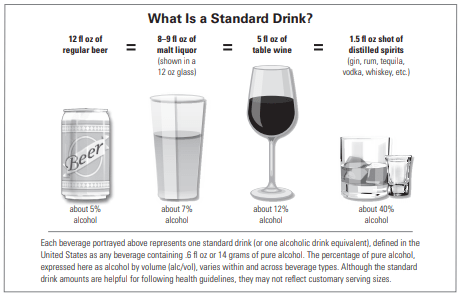
Understanding the Dangers of Alcohol Overdose | National Institute on Alcohol Abuse and Alcoholism (NIAAA)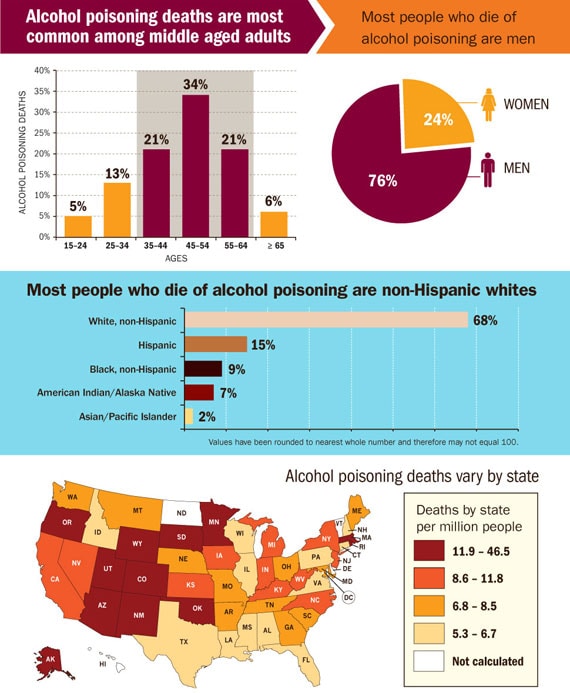
Alcohol Poisoning Deaths | VitalSigns | CDC
Risks of Alcohol Poisoning | Dual Diagnosis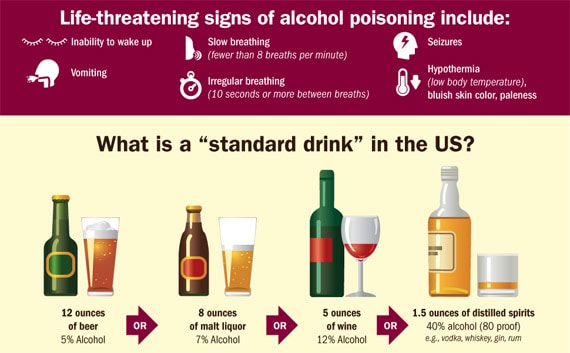
Alcohol Poisoning Deaths | VitalSigns | CDC
Alcohol Overdose: Causes, Risk Factors, and Symptoms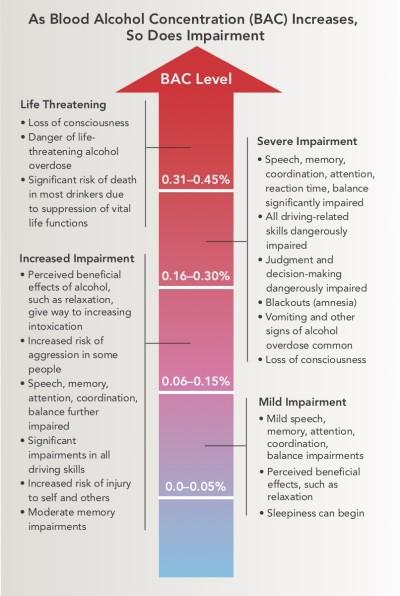
Understanding the Dangers of Alcohol Overdose | National Institute on Alcohol Abuse and Alcoholism (NIAAA)
Alcohol Overdose: Causes, Risk Factors, and Symptoms
What Happened? Alcohol, Memory Blackouts, and the Brain
Everything You Need to Know About Alcohol Poisoning
Alcohol Overdose: Causes, Risk Factors, and Symptoms
Alcohol Overdose: Causes, Risk Factors, and Symptoms
Alcohol Overdose: Key Signs and What to Do | Next Generation Village
Long-term effects of alcohol - Wikipedia
Blood Alcohol Content - an overview | ScienceDirect Topics
Alcohol Overdose: Causes, Risk Factors, and Symptoms
Effects of Alcohol Abuse and What Happens When You Stop Drinking | JourneyPure Emerald Coast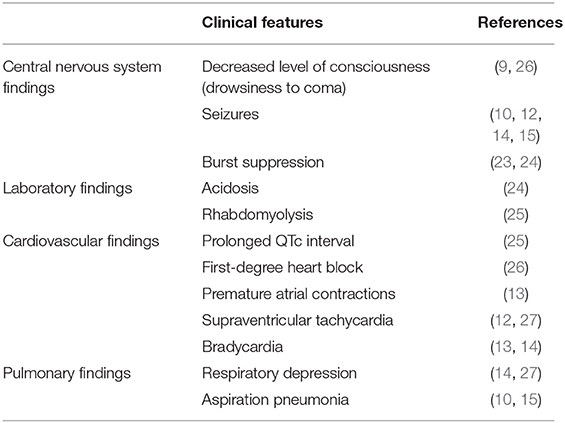
Frontiers | How to Manage Self-Poisoning With Baclofen in Alcohol Use Disorder? Current Updates | Psychiatry
Alcohol and health - Wikipedia
What is Alcohol Poisoning? Learn Signs, Symptoms & Treatment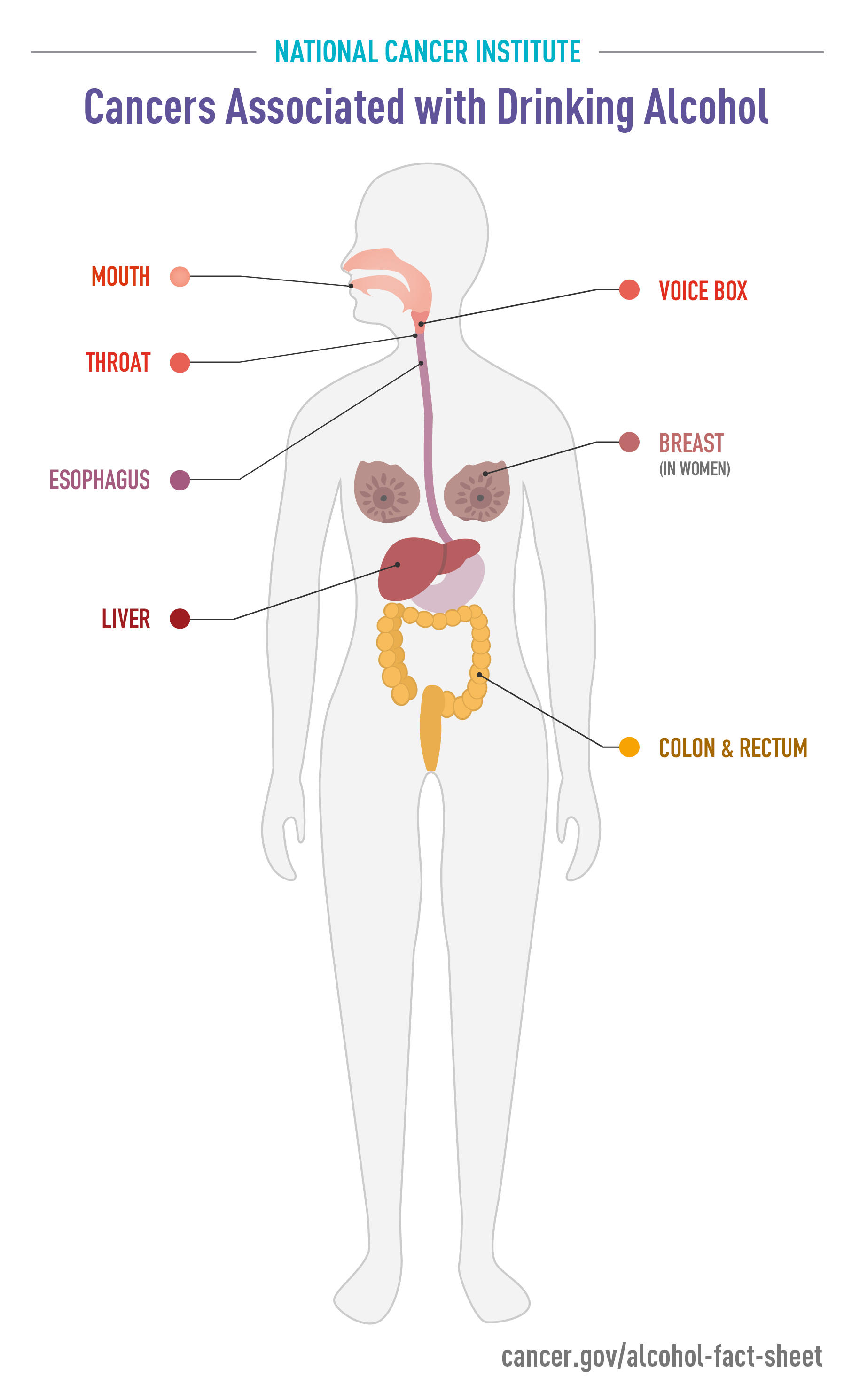
Alcohol and Cancer Risk Fact Sheet - National Cancer Institute
Modelling Long-Term Joint Trajectories of Heroin Use and Treatment Utilisation: Findings from the Australian Treatment Outcome Study - EClinicalMedicine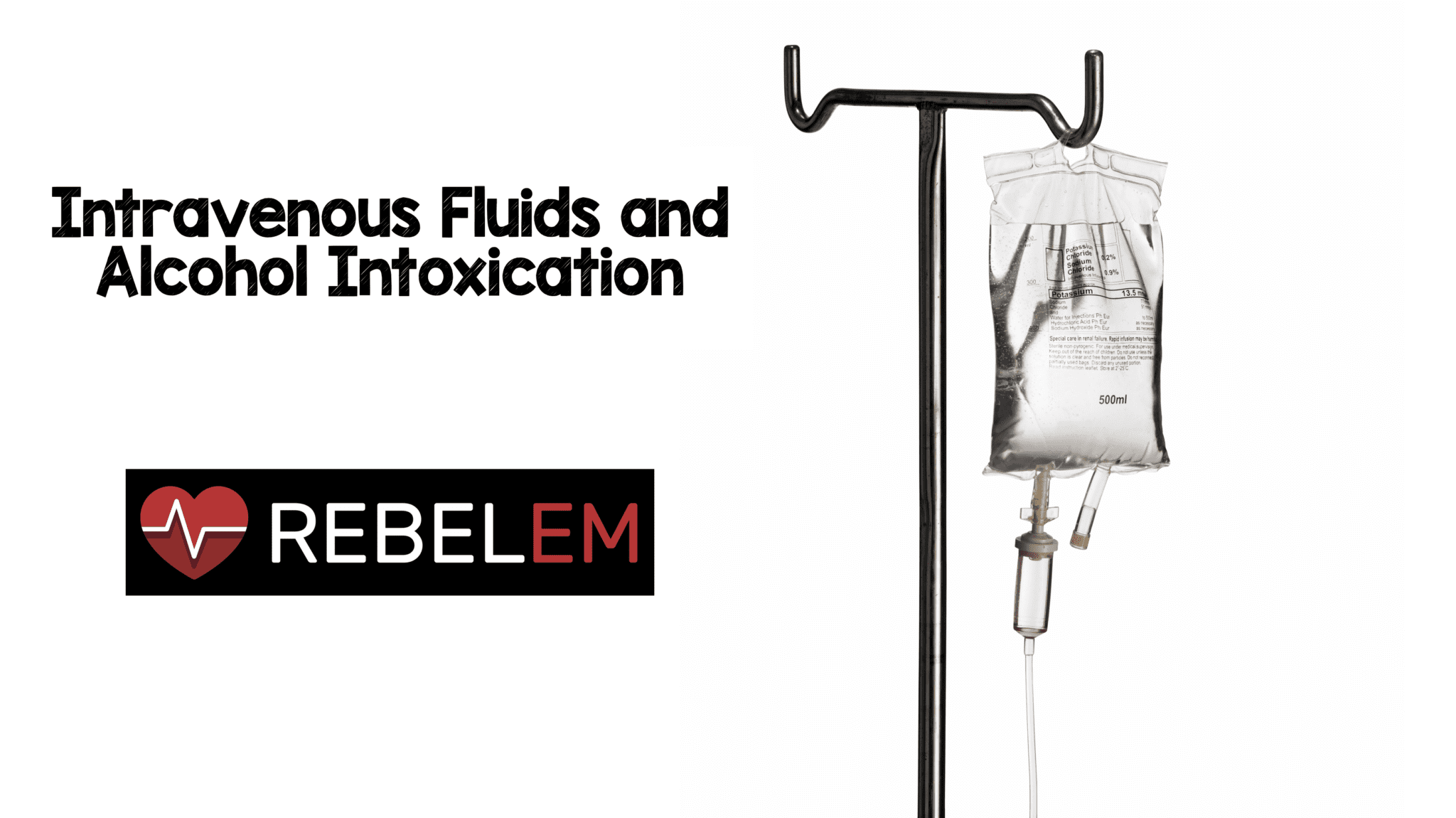
Intravenous Fluids and Alcohol Intoxication - REBEL EM - Emergency Medicine Blog
Alcohol Addiction and Abuse: Learn About Alcoholism - Addiction Center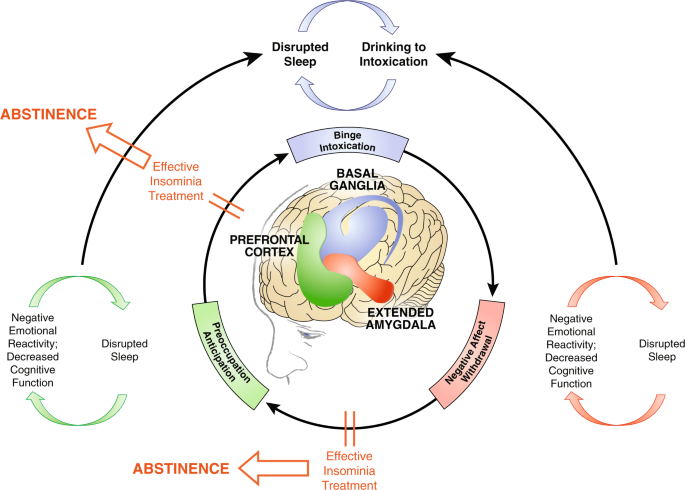
Alcohol use disorder and sleep disturbances: a feed-forward allostatic framework | Neuropsychopharmacology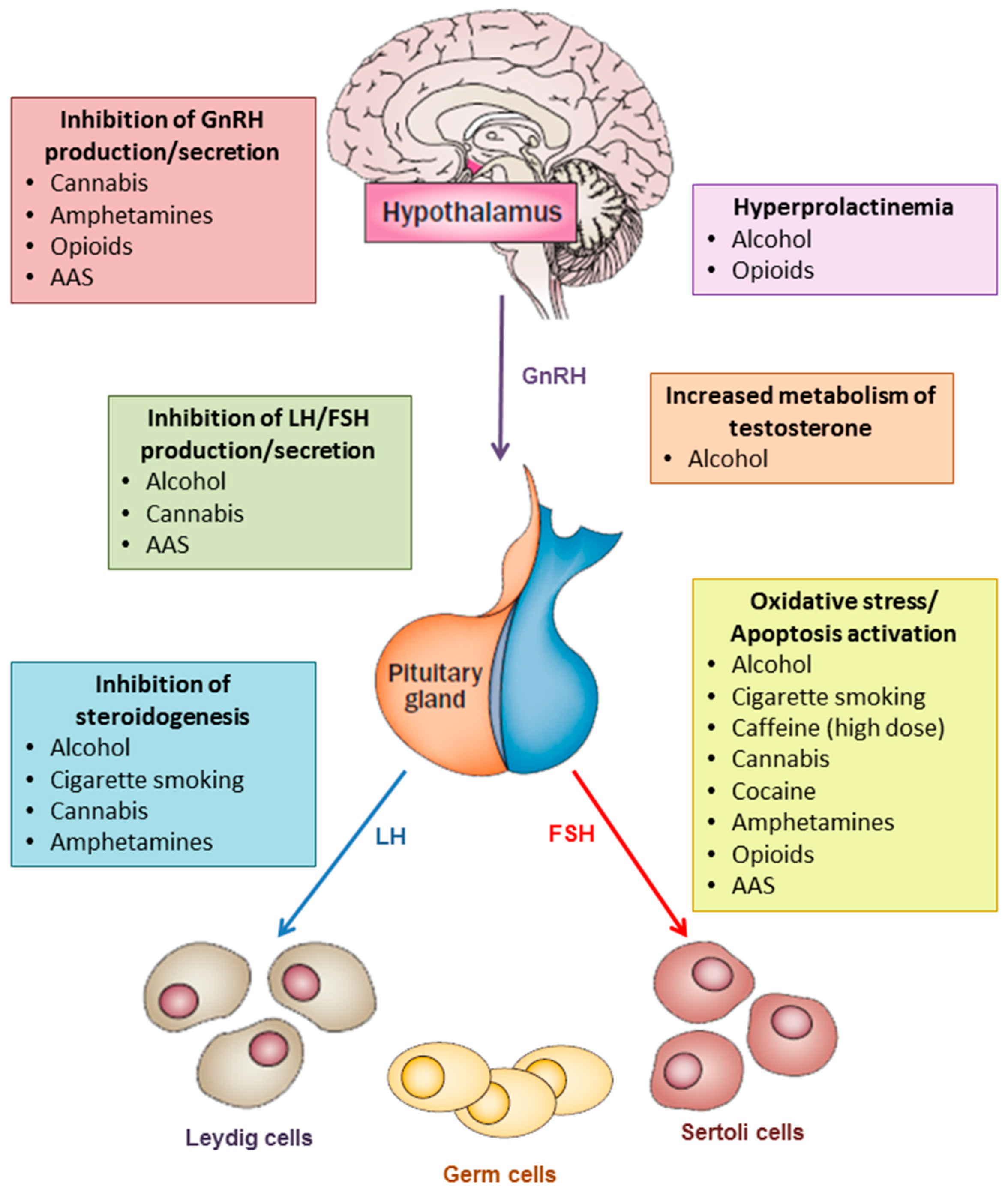
JCM | Free Full-Text | Substance Abuse and Male Hypogonadism | HTML
Alcoholism Statistics & Alcohol Abuse Demographics
IV crystalloid fluid for acute alcoholic intoxication prolongs ED length of stay - The American Journal of Emergency Medicine
Is Alcohol a Depressant? - Depressants - Addiction Center
Everything You Need to Know About Alcohol Poisoning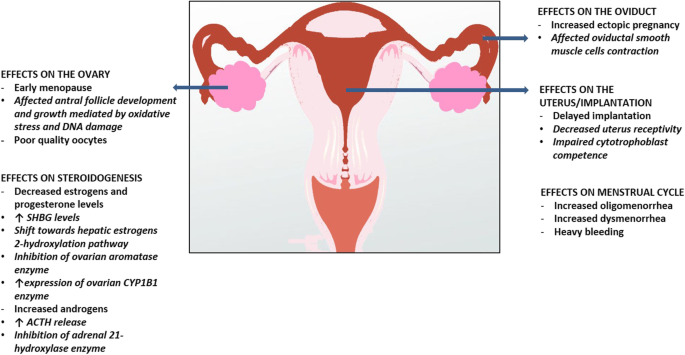
Smoke, alcohol and drug addiction and female fertility | Reproductive Biology and Endocrinology | Full Text
Effect of chronic alcoholism on male fertility hormones and semen quality
Advances in the science and treatment of alcohol use disorder | Science Advances
Alcohol, its analysis in blood and breath for forensic purposes, impairment effects, and acute toxicity - Jones - 2019 - WIREs Forensic Science - Wiley Online Library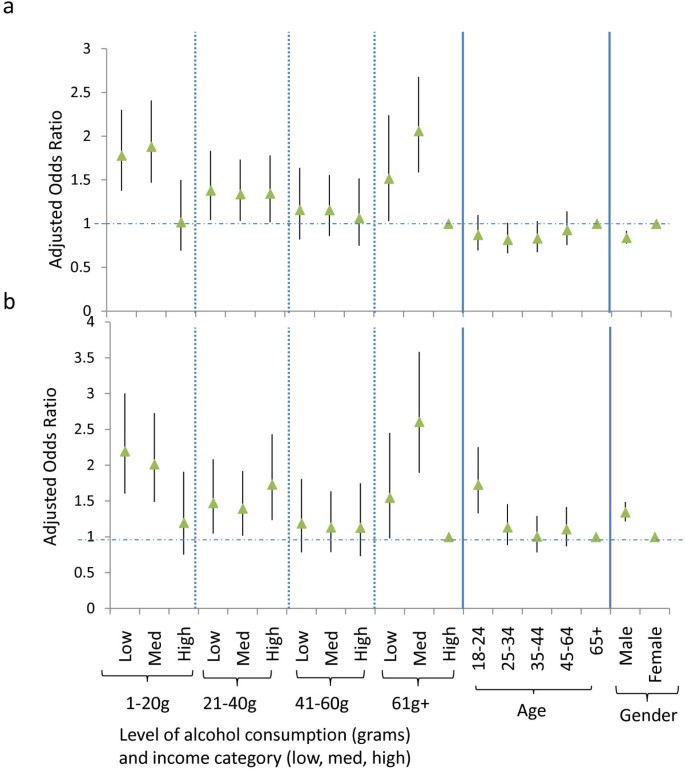
The Big Drink Debate: perceptions of the impact of price on alcohol consumption from a large scale cross-sectional convenience survey in north west England | BMC Public Health | Full Text
Intravenous Fluids and Alcohol Intoxication - REBEL EM - Emergency Medicine Blog/Wine-drinker-56a2602a3df78cf77274d577.jpg)
Alcohol's Effect on Nutrition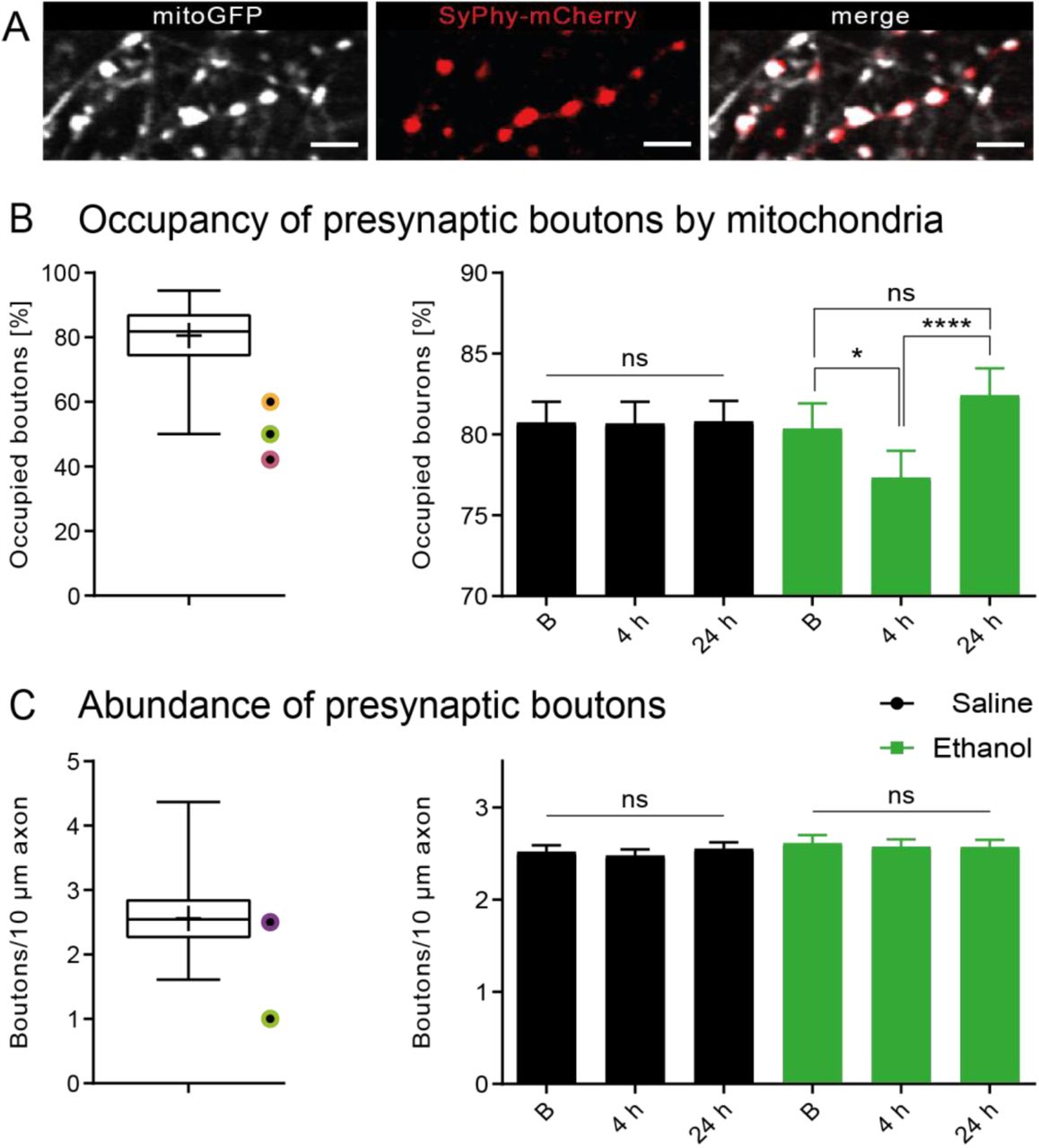
Acute ethanol intoxication induces preferred loss of presynaptic boutons devoid of mitochondria in vivo | bioRxiv
 Risks of Alcohol Poisoning | Dual Diagnosis
Risks of Alcohol Poisoning | Dual Diagnosis

































/Wine-drinker-56a2602a3df78cf77274d577.jpg)

Posting Komentar untuk "which of the following decreases the chances of an alcohol overdose:"